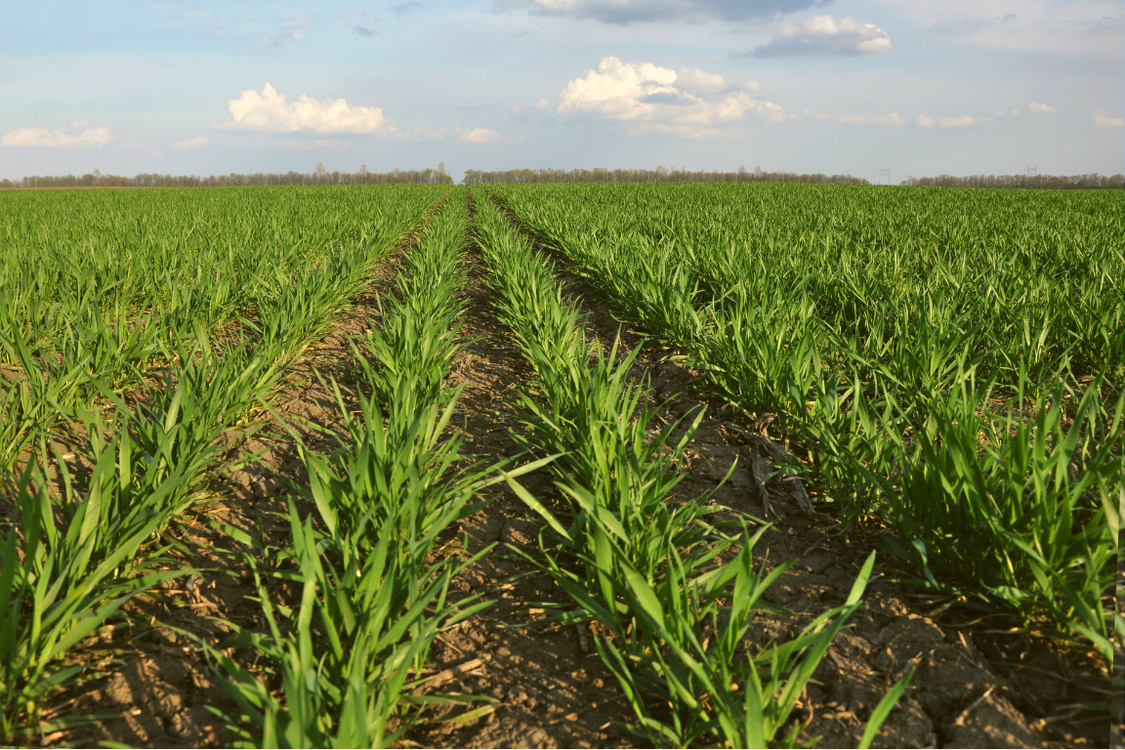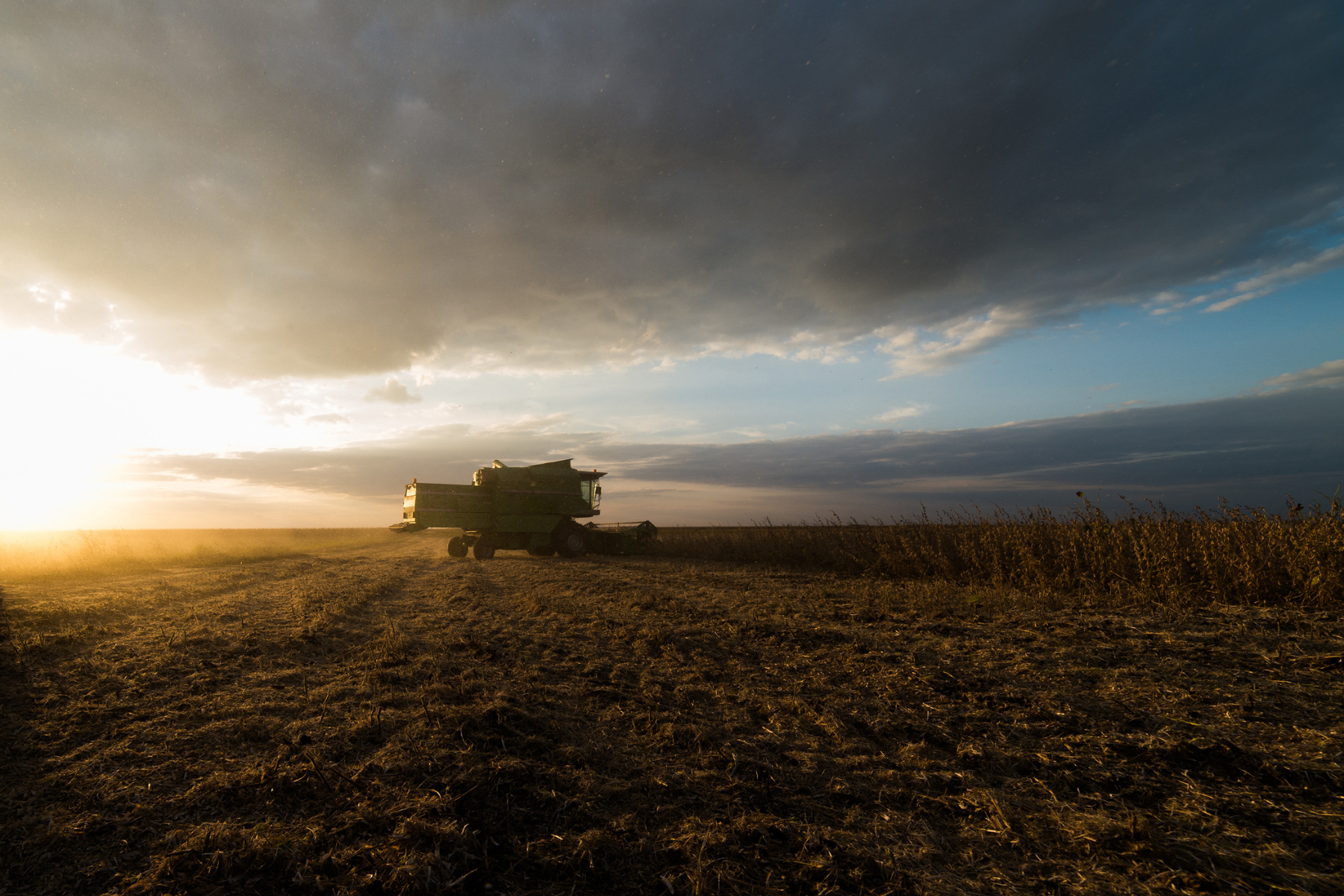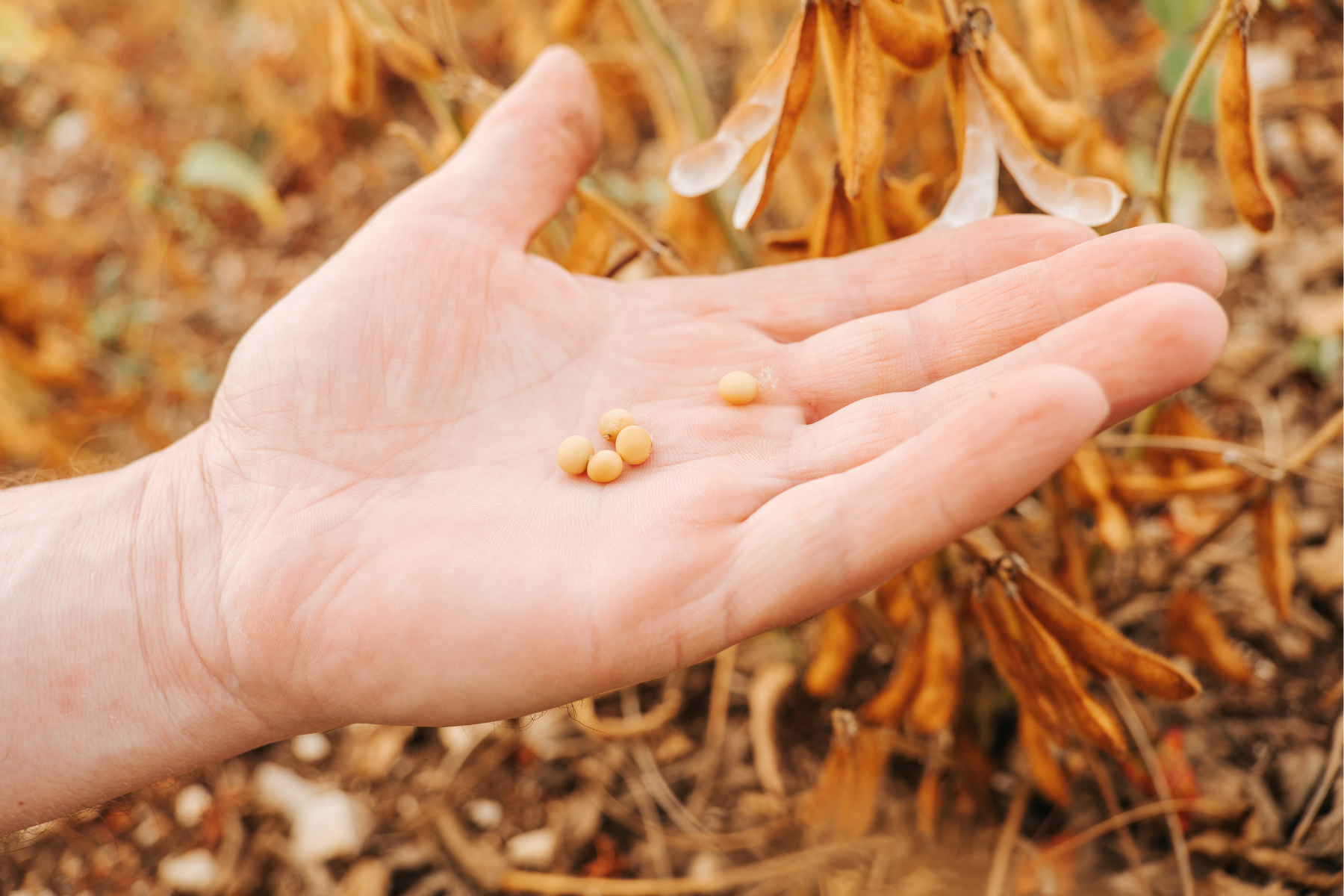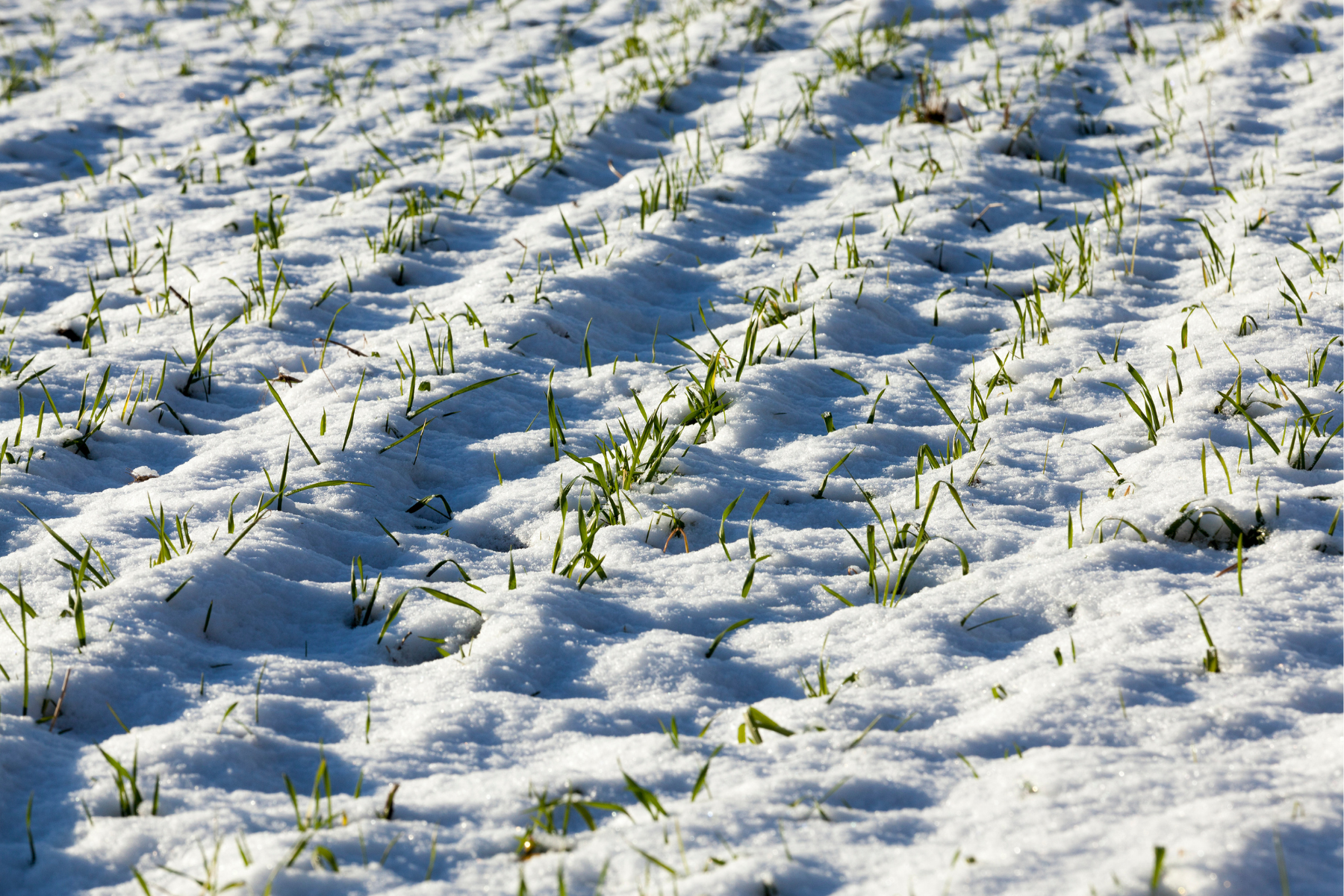By Chris Dervaric, Sylvite
Scouting season isn’t over yet!
The best time to assess winter wheat stands in the fall is after all seedlings have emerged and are well established. This post-emergence scouting window provides a valuable opportunity to evaluate stand uniformity, identify emergence issues, and make informed management decisions before winter sets in. What you’re looking for:
- How well has the previous crops residue been distributed?
- Do the plants look stressed? For example, limp, discolored.
- How is the weed pressure?
- What is the average stand?
Wheat Fall Stand Counting Guideline
Believe it or not, in the fall we are not looking to see if we are doing a replant but instead seeing where the crop is at so we can prepare our management strategy for the coming spring season. For example, if the population is high, we may need to scout the field more often for powdery mildew. Further, if a farmer doesn’t usually use a growth regulator, this is likely the year to start!

Early Planting
We are all familiar with the winter wheat optimum planting date map. But is planting too early ever a bad thing? Early planting can provide you with plants with larger root masses to help ground them throughout the winter, resulting in less heaving! But this also results in more top growth, which could create an inviting environment for snow mold. Further, aphids carrying Barely Yellow Dwarf Virus (BYDV) can infect the crop if the cereal is planted too early.
Talk to your Sylvite Agronomist if you have planted earlier or later than ideal timing. We can help you to come up with a management plan to maximize your yield on your investment.



